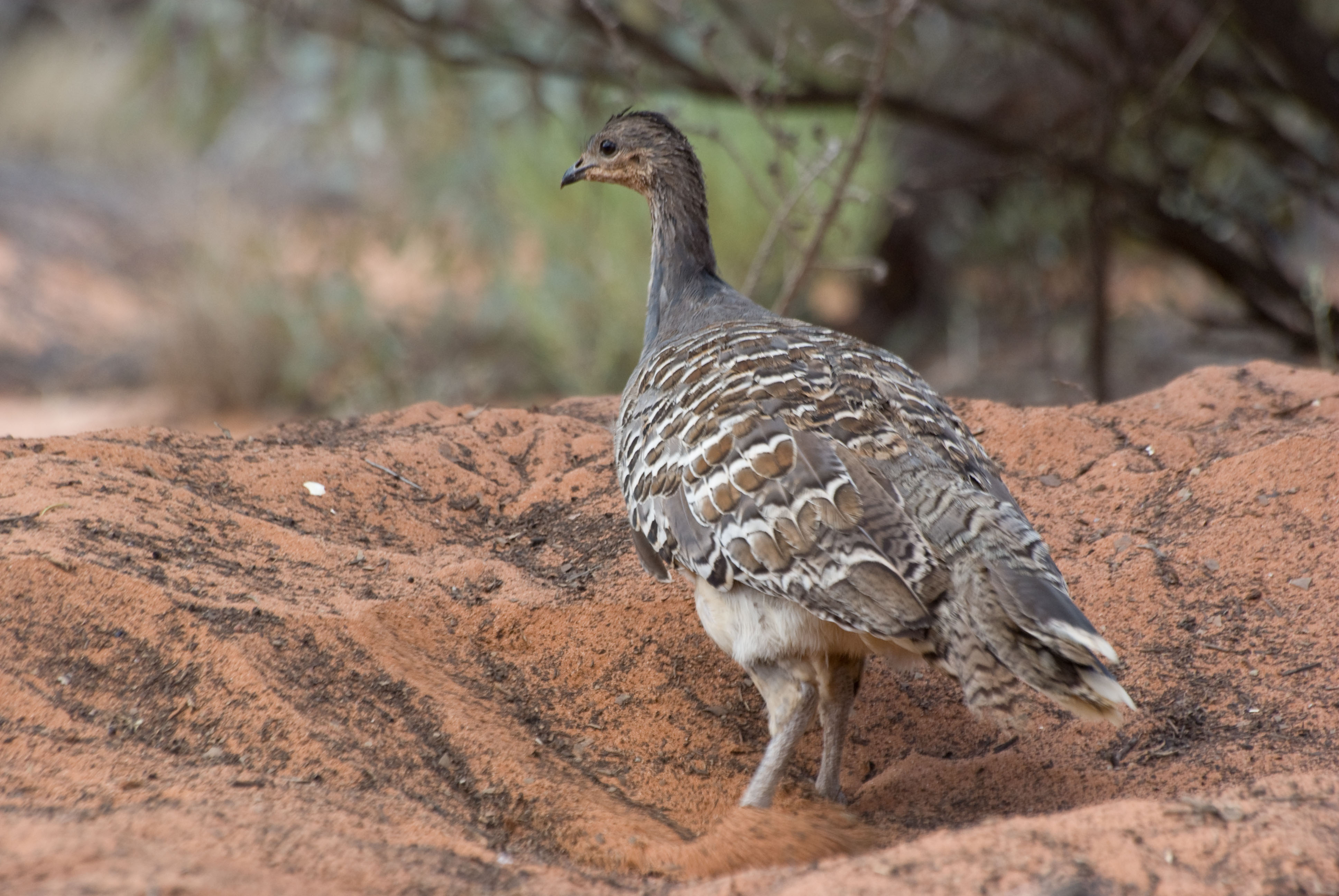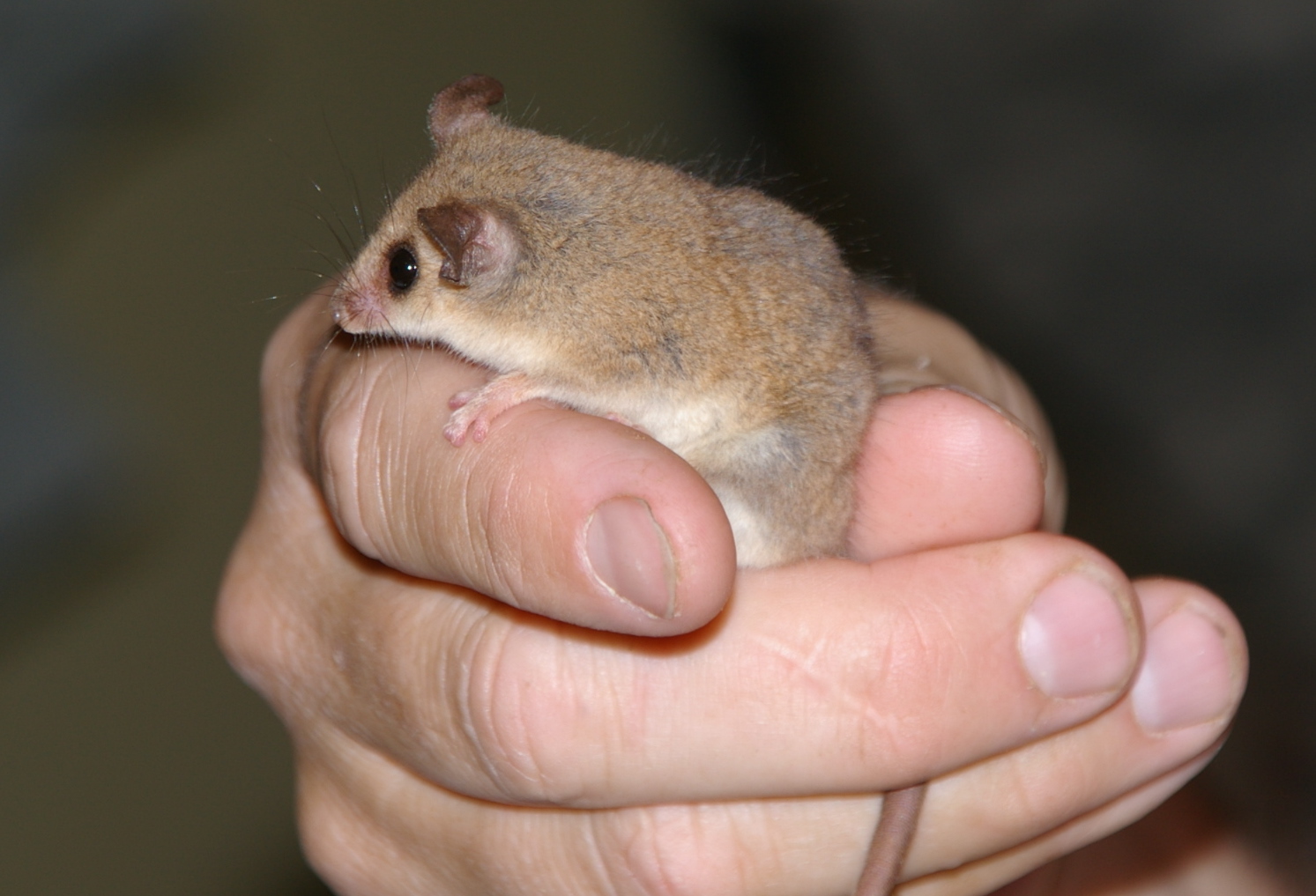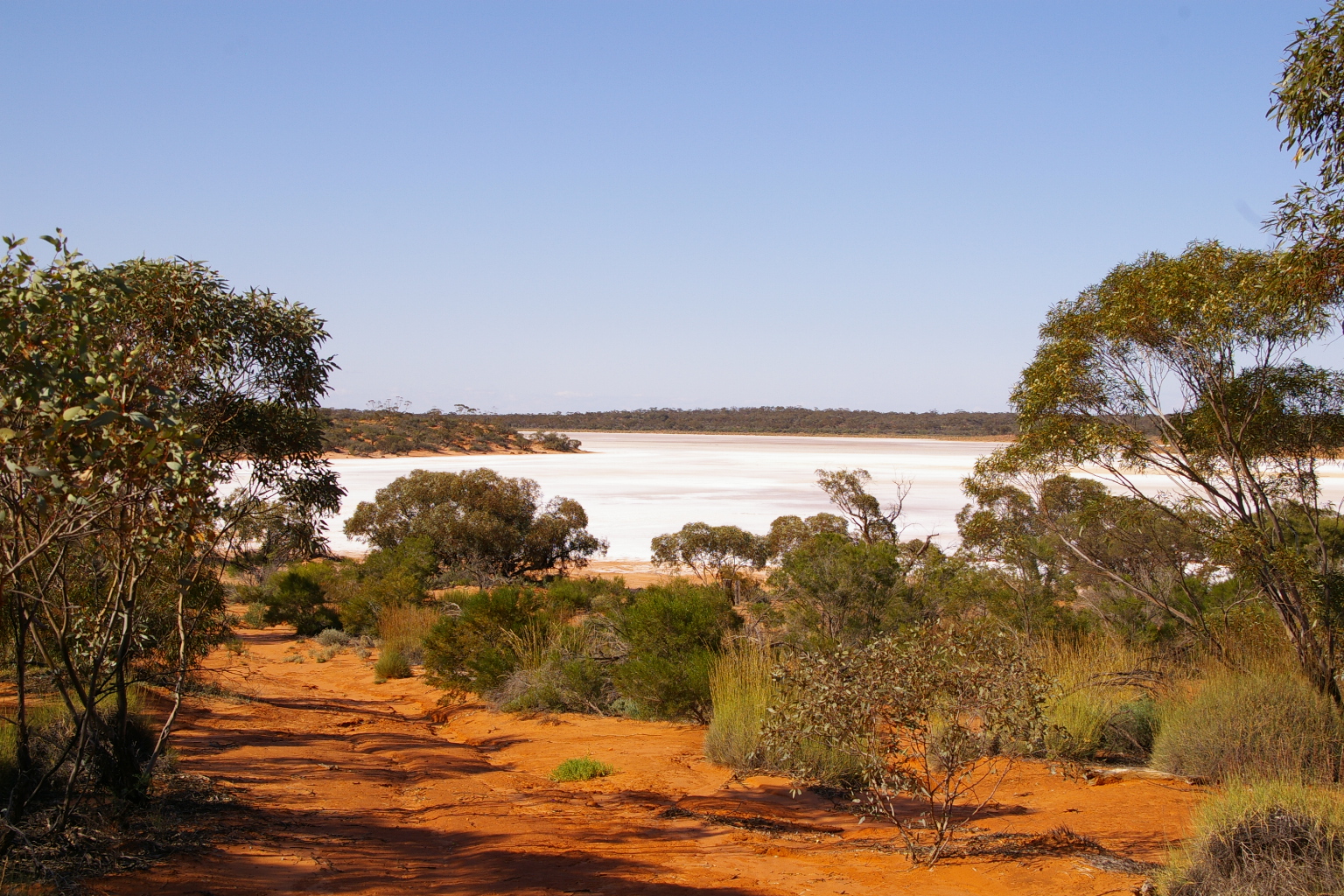From grazing land to conservation haven: the living laboratory at Nanya Station
In far-western New South Wales lies an enormous 40,000 hectare property called Nanya Station. What was once productive farmland is now a sprawling ‘living laboratory’ where students and researchers study arid-zone ecology and conservation.
The station has been under Federation University’s custodianship since 2004, notching up 20 years of conservation research and on-site education. With continued funding from the NSW Environmental Trust, Nanya supports a thriving research community, including a range of ongoing major industry partnerships.
It’s also a haven for native flora and fauna: almost 400 species have been recorded and established at Nanya, including more than 30 species which were threatened with extinction.
Conservation efforts have focused on preserving natural assets through strategies like: reducing grazing pressure on the landscape; assisting the regeneration of endangered flora and fauna by using exclusion fencing and introducing predator control; and, conducting environmental research on biodiversity, species distribution and cultural heritage.
Federation restoration ecologist Professor Singarayer "Florry" Florentine leads a number of research projects in arid-zone woodland conservation techniques at Nanya. His teams have successfully introduced new techniques to boost populations of key native plant species, like the threatened Halosarcia shrub, that only grows around salt lakes in arid zones, or Alectryon oleifolius, shrubby trees prone to animal predation before having a chance to grow.
This arid-zone research has applications that go far beyond Nanya’s borders. “We’ve demonstrated to different stakeholders, both within Australia and overseas, effective ways to conserve and restore arid-zone plant species and other threatened species,” says Prof Florentine.
Restoring native plant populations at Nanya also creates valuable habitat for native animal species. Populations of malleefowl have increased, as well as the ningaui, a tiny mouse-like marsupial. This work has been monitored through the NSW Saving our Species program, in partnership with Federation University researchers, who have worked together across multiple threatened-species conservation projects.
And it’s not just a place for native plants and animals to thrive. Nanya provides unique opportunities for PhD students to take their classroom knowledge into the field, exploring conservation and restoration techniques in a real-world setting under expert guidance and alongside industry partners.
“We’re producing industry-ready students that have hands-on experience with conservation and restoration science approaches – and they enhance our knowledge in arid-zone restoration and conservation science at the same time,” says Prof Florentine. “Everyone benefits.”
Ready to take your skills and knowledge to the next level? Explore PhD and other learning opportunities at Nanya Station by contacting Professor Florentine on s.florentine@federation.edu.au today.
Images
 Malleefowl
Malleefowl
Credit: Prof Martin Westbrooke
Nanya Station
Credit: Prof Martin Westbrooke
The landscape at Nanya Station
Credit: Prof Martin Westbrooke

Ningaui
Credit: Prof Martin Westbrooke

Salt lake at Nanya Station
Credit: Prof Martin Westbrooke

Bearded dragon at Nanya Station
Credit: Prof Singarayer Florentine